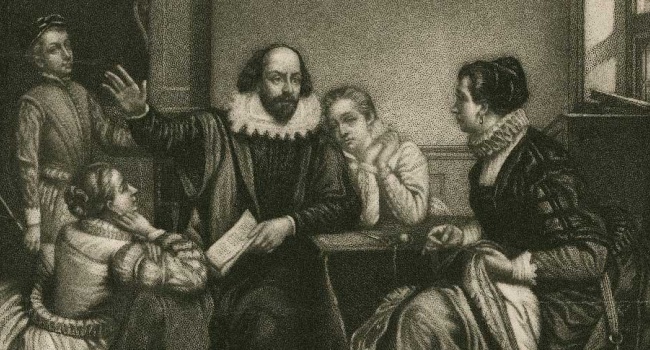Answers To The Question: What Is Epiphora In Literature?
EPIPHORA – In this article, we will learn more about this literary device, its definition, and some examples.

Epiphora is also known as an “epistrophe”. It is a device used wherein a word or a phrase is repeated at the ends of successive clauses.
In addition to this, it is also an exact counterpart of “anaphora”. This is a repetition of the first part of successive sentences.
According to an article from Literary Devices, here are some examples of Epiphoras in Literature.
Hourly joys be still upon you! Juno sings her blessings on you … Scarcity and want shall shun you, Ceres’ blessing so is on you
William Shakespeare
In the example above, Shakespeare wants his readers to focus on the importance of “you” through the use of epiphoras.
Another example of this can be seen in Shakespeare’s Romeo and Juliet.
Fie, fie, thou shamest thy shape, thy love, thy wit,
William Shakespeare
Which, like a userer, abound’st in all,
And uses none in that true sense indeed
Which should bedeck thy shape, thy love, thy wit.
The function of this literary device is used for furnishing an artistic effect to a passage. It lays emphasis on a particular idea and gives a unique rhythm to the text.
This is one of the reasons why some things are easily understood, memorized, and easier to comprehend. It’s also used to persuade the audience with an appeal to their emotions.
Thanks for reading. We aim to provide our readers with the freshest and most in-demand content. Come back next time for the latest news here on Philnews.
Like this article? READ ALSO: Euphemism – What Exactly Is A Euphemism? (Answers)
